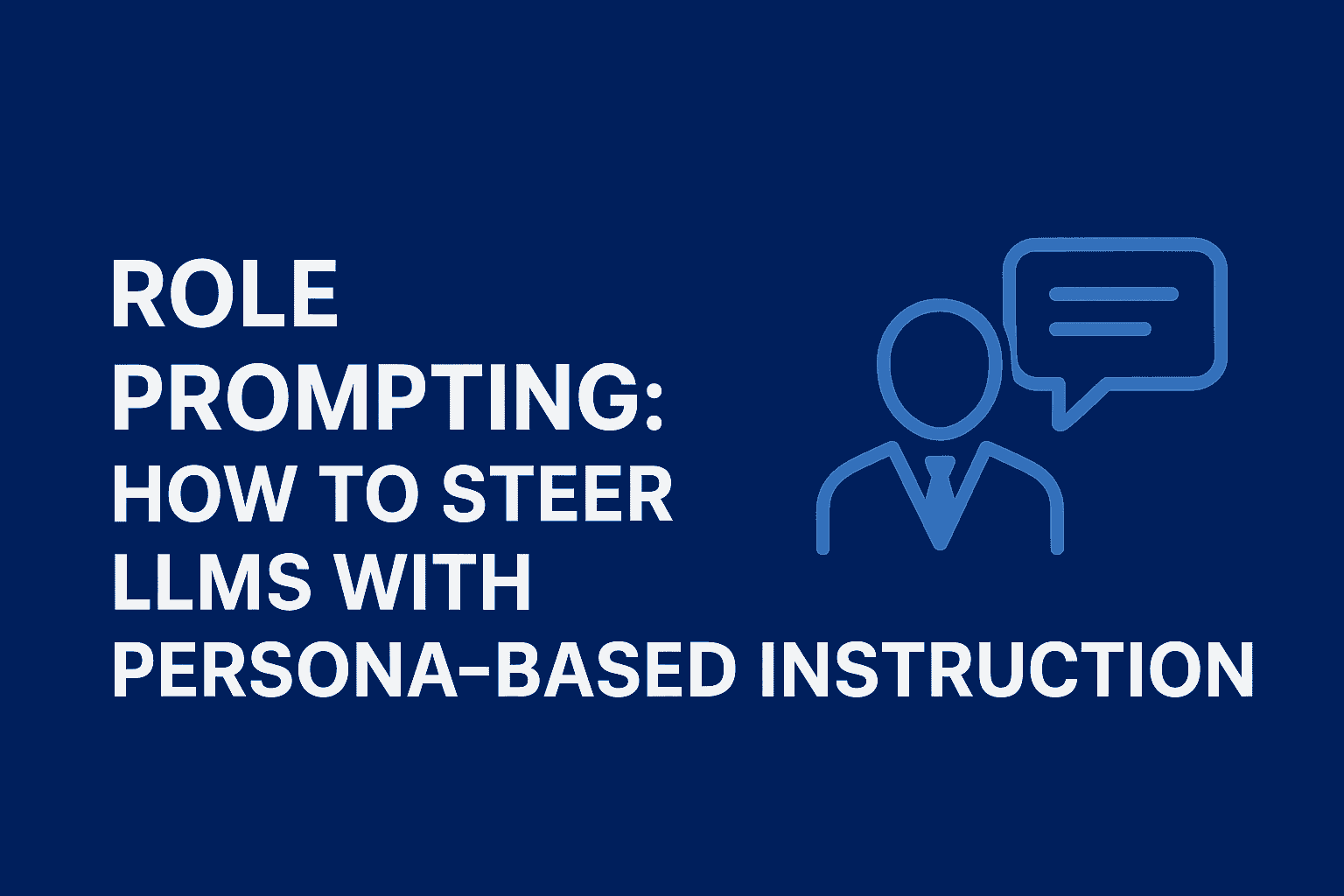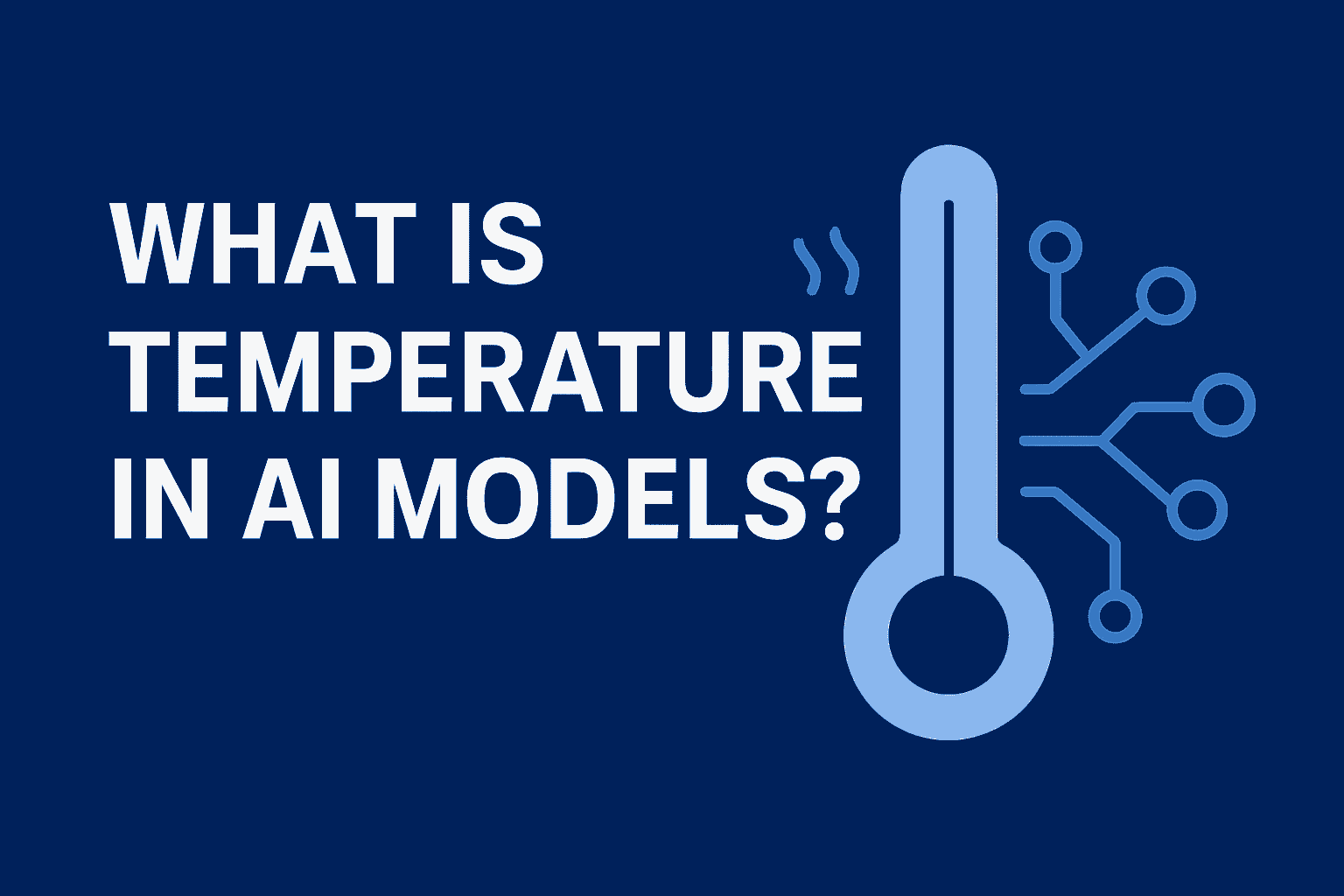
💡Web Data vs. Structured Data: Powering LLMs with the Right Data
Ai engineer
Web data is messy but rich in context—think forums, blogs, and social posts. Structured data is clean and predictable—like databases and CSVs. Both fuel LLMs, but each comes with challenges. WaterCrawl simplifies the chaos, turning unstructured web content into clean, LLM-ready formats. From real-time RAG systems to fine-tuning with curated text, using the right data makes or breaks your AI project. WaterCrawl bridges the gap, helping you extract, clean, and structure data fast—boosting model performance and development speed.
💪🧠 Web Data vs. Structured Data: Powering LLMs with the Right Data
Messy web data can be a nightmare for AI projects. Here’s how to harness web and structured data with WaterCrawl to supercharge your Large Language Models (LLMs).

Building LLM-powered applications is exciting, but the data struggle is real. Scraping websites often means battling cookie banners, JavaScript traps, and inconsistent HTML, while structured data demands rigid schemas. Whether you’re fine-tuning a model or building a Retrieval-Augmented Generation (RAG) system, your LLM’s success hinges on the right data. WaterCrawl transforms web chaos into clean, LLM-ready formats, saving you weeks of pain. Let’s explore how web data and structured data fuel LLMs and how to use them strategically
🌐 What is Web Data?
Web data is the raw, often unstructured or semi-structured information scraped from websites. It’s the digital wild west—think blog posts, product listings, forums, or social media threads stored in formats like HTML, JSON, or plain text.
📌 Characteristics of Web Data:
- Format: Unstructured or semi-structured (HTML, JSON, XML).
- Sources: Websites, APIs, social media, forums, e-commerce platforms.
- Challenges:
- Inconsistent formatting across sites.
- Noise like ads, navigation menus, or cookie banners.
- Dynamic content (e.g., JavaScript-rendered pages).
- Legal/ethical considerations (e.g., respecting robots.txt).
- Use Cases: Market research, sentiment analysis, competitor monitoring, or building LLM knowledge bases.
🧩 Example: Suppose you’re building an LLM-powered chatbot to answer questions about developer tools. You scrape watercrawl.dev for tool descriptions, Stack Overflow for forum threads on APIs, and Twitter for trending discussions. You get HTML pages with ads and dynamic ratings, JSON threads with nested replies, and tweets mixed with emojis and retweets. Challenges include cleaning noise (e.g., cookie banners), rendering JavaScript, and respecting site policies. WaterCrawl simplifies this by extracting clean Markdown from watercrawl.dev, structuring forum data, and filtering relevant tweets, readying the data for your chatbot’s RAG knowledge base.
📊 What is Structured Data?
Structured data is highly organized, fitting a predefined schema. It’s the tidy, predictable data in databases, CSVs, or APIs with consistent formats, perfect for direct integration into LLM pipelines.
📌 Characteristics of Structured Data:
- Format: Organized (tables, rows, columns, or key-value pairs).
- Sources: Databases (MySQL, PostgreSQL), APIs, or CSVs.
- Challenges:
- Requires upfront schema design.
- Less flexible for capturing diverse or rapidly changing data.
- Use Cases: Business intelligence, reporting, or feeding precise inputs to LLMs.
🧩 Example:
{
"tool_id": "WC-001",
"name": "WaterCrawl API",
"category": "Web Scraping",
"rating": 4.9,
"last_updated": "2025-07-01"
}
🎯 Key Differences
| Aspect | Web Data | Structured Data |
|---|---|---|
| Structure | Unstructured/semi-structured, no predefined model | Highly organized, fits predefined schema |
| Sources & Examples | Websites, blogs, forums (e.g., reviews, posts) | Databases, APIs (e.g., product data, CRM) |
| Data Type | Qualitative (e.g., text, images, videos) | Quantitative (e.g., numbers, metrics) |
| Storage | Data lakes, NoSQL databases | Data warehouses, relational databases |
| Ease of Analysis | Requires advanced processing (e.g., NLP) | Easily queried with standard tools |
Web data, often qualitative, includes diverse formats like text, images, or videos, requiring advanced analytics like NLP for insights. Structured data, typically quantitative, is ready for analysis with tools like SQL, supporting tasks like regression or clustering. Web data’s flexibility suits dynamic sources, but its complexity demands tools like WaterCrawl for cleaning and structuring.
💡 Transforming Web Data for LLMs and RAG
Web data’s diversity is a goldmine for LLMs, but its chaos demands transformation. Tools like WaterCrawl streamline this, turning raw web content into clean, LLM-ready formats. Here’s how each data type fits:
- Web Data for LLMs: Scraped content (e.g., tutorials from watercrawl.dev) becomes text corpora for training or fine-tuning, enhancing domain knowledge like programming concepts.
- RAG (Retrieval-Augmented Generation): WaterCrawl scrapes tool descriptions, converts them to Markdown, and generates embeddings for vector databases, enabling real-time, precise RAG queries. Its consistent Markdown ensures clean text chunks for embeddings, while metadata (e.g., headings, word counts) boosts retrieval accuracy by up to 30%.
- Structured Data for LLMs: Database records like tool ratings provide precise inputs for analytics-driven RAG systems.
Transformation Process:
- Scrape: Extract raw data from watercrawl.dev.
- Clean: Remove noise (e.g., ads, HTML tags) with WaterCrawl’s intelligent extraction.
- Structure: Convert to Markdown or JSON embeddings.
- Feed to LLM: Use for training, fine-tuning, or RAG.
Success Story: A SaaS startup used WaterCrawl to scrape competitor blogs and documentation, building a RAG-powered support bot in 3 days. Clean Markdown and metadata delivered precise answers, boosting customer satisfaction by 20%.
🟩 Example with WaterCrawl:
from watercrawl import WaterCrawlAPIClient
client = WaterCrawlAPIClient("YOUR_API_KEY")
result = client.scrape_url(
url="https://watercrawl.dev/#features",
page_options={
"only_main_content": True, # main body only
"include_html": False, # don't include full HTML
"include_links": False, # skip extracting links
"wait_time": 500 # wait 500ms for JS rendering
}
)
print(result)
🟢 Sample Output Example Structure:
{
"uuid": "string",
"url": "string",
"result": {
"metadata": {
"title": "string",
"description": "string",
"author": "string",
"keywords": "string",
"theme-color": "string",
"og:title": "string",
"og:description": "string",
"og:url": "string",
"twitter:title": "string",
"twitter:description": "string",
"twitter:image": "string"
},
"markdown": "string",
"links": ["string"]
},
"created_at": "string (ISO 8601 datetime)",
"updated_at": "string (ISO 8601 datetime)"
}
WaterCrawl Features
WaterCrawl transforms any website into LLM-friendly formats, ideal for AI workflows and data extraction.
- Intelligent content extraction — extract only the main page content (filtering out ads, headers, footers).
- JavaScript rendering via Playwright — capture dynamic content after JS execution.
- Flexible output formats — export structured content as Markdown, JSON, cleaned HTML, and even screenshots.
- Real-time streaming via SSE — receive crawl progress and data continuously using Server-Sent Events.
- Advanced crawling controls — customize depth, domains, URL patterns, delays, and filtering behaviors.
↪️↩️ When to Use Each?
- Web Data: Ideal for real-time, diverse, or niche information. Use WaterCrawl to scrape watercrawl.dev for the latest tool insights or build a RAG knowledge base from forums.
- Structured Data: Best for reliable, consistent data like user metrics or product catalogs, directly usable in RAG or analytics.
💯 Why WaterCrawl Shines
WaterCrawl eliminates web scraping pain points:
- Smart Crawling: Configurable depth, rate-limiting, and duplicate detection respect robots.txt and ensure ethical data collection.
- JavaScript Rendering: Captures dynamic content with Playwright.
- Clean Output: Converts messy HTML to consistent Markdown, preserving headings and links.
- Rich Metadata: Includes language detection, word counts, and canonical URLs.
- Real-Time Streaming: Server-Sent Events deliver processed pages instantly.
🎯 Before vs. After:
| Traditional Scraping | WaterCrawl |
|---|---|
| Custom scrapers per site | Universal crawler |
| Days debugging regex | Clean Markdown in hours |
| Manual link extraction | Auto-generated link graphs |
| 60-70% usable data | 90%+ usable data |
🧨 Conclusion
Web data and structured data are the yin and yang of LLM success. Web data delivers rich, real-time context, while structured data ensures precision. WaterCrawl bridges the gap, transforming web chaos into LLM-ready formats for training, fine-tuning, or RAG. By leveraging WaterCrawl, you can boost your model’s accuracy and multiply the speed of data collection. Don’t let messy data derail your AI project. Grab your WaterCrawl API key at watercrawl.dev and start building smarter, faster. Visit docs.watercrawl.dev to explore the docs and join the community to share your wins! 🍽️

